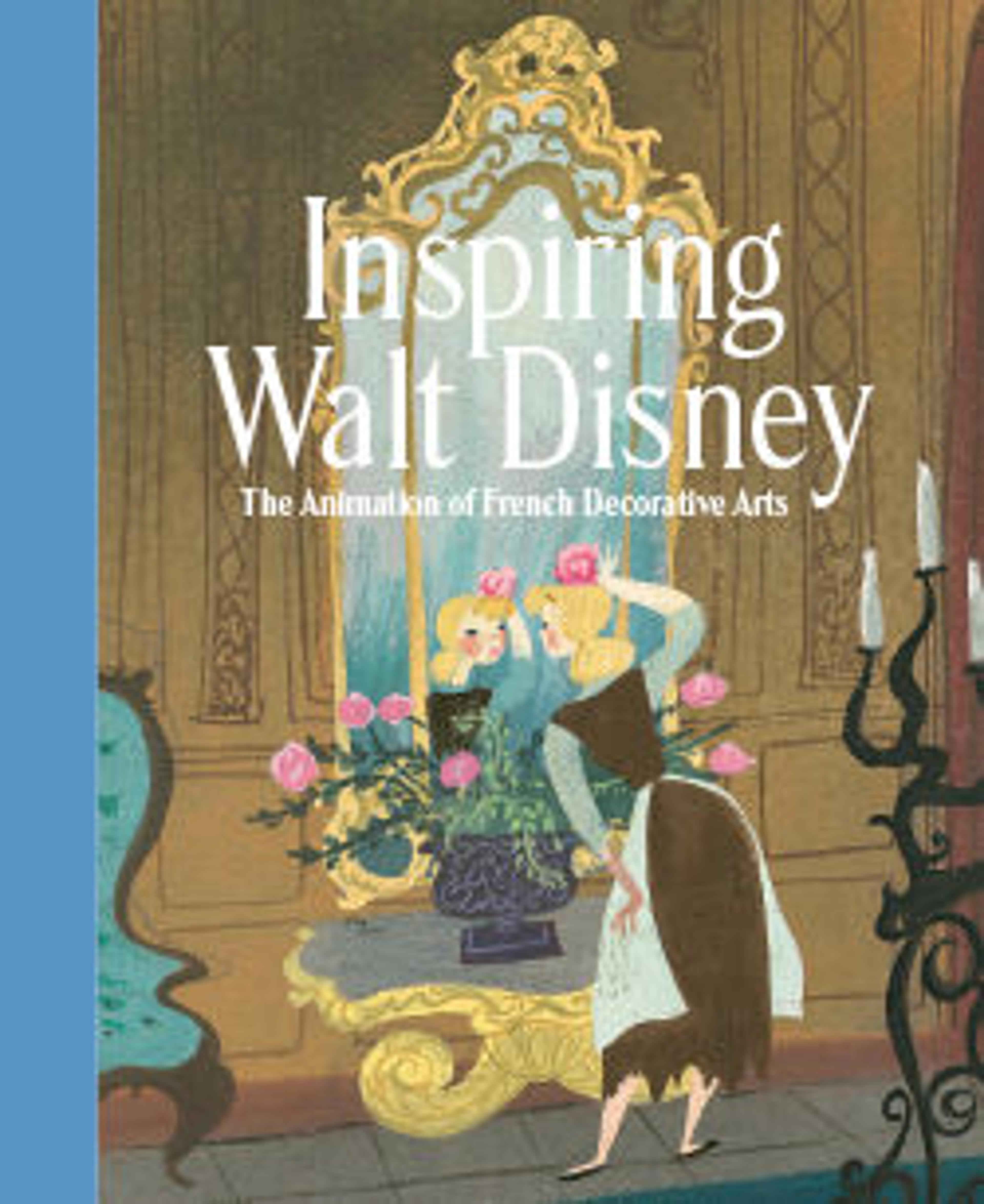Sofa (ottomane veilleuse)
Jean-Baptiste l Tilliard belonged to one of the most important families of menusiers (joiners or chairmakers) active in Paris. He worked from about 1730 for the Garde-Meuble (the organisation of the French royal household responsible for all the furniture, art, and other movable objects in the royal palaces) as a menuisier-ordinaire. As such he supplied chairs, tables, and consoles for the crown, the prince de Soubise and other important patrons. Tilliard was influential in bringing the Louis XV style in chairs and other carved furniture into fashion.
Jean-Baptiste ll Tilliard became a maitre (master) in 1752 and worked with his father in a shop on the rue de Cléry until 1764, when the elder Tilliard retired. As both father and son used the stamp TILLIARD, it is sometimes difficult to distinguish their work from one another. The graceful curvilinear yet somewhat restrained outline of this sofa would indicate a date of 1750–1760, suggesting it is most likely the work of the elder since the younger Tilliard worked mostly in the Louis XVI style.
Characteristic for both craftsmen is the use of a heart-shaped cartouche as a decorative motif either in the center of the front seat rail or the top rail of the back, sometimes in both places. The same motif appears also at the top of the front legs and twice more on the top rail.
The carving of the cartouche, the rococo scrolls, and the flowering vines is closely related to that on a daybed stamped by Tilliard, now in the Victoria and Albert Museum, London.
Jean-Baptiste ll Tilliard became a maitre (master) in 1752 and worked with his father in a shop on the rue de Cléry until 1764, when the elder Tilliard retired. As both father and son used the stamp TILLIARD, it is sometimes difficult to distinguish their work from one another. The graceful curvilinear yet somewhat restrained outline of this sofa would indicate a date of 1750–1760, suggesting it is most likely the work of the elder since the younger Tilliard worked mostly in the Louis XVI style.
Characteristic for both craftsmen is the use of a heart-shaped cartouche as a decorative motif either in the center of the front seat rail or the top rail of the back, sometimes in both places. The same motif appears also at the top of the front legs and twice more on the top rail.
The carving of the cartouche, the rococo scrolls, and the flowering vines is closely related to that on a daybed stamped by Tilliard, now in the Victoria and Albert Museum, London.
Artwork Details
- Title: Sofa (ottomane veilleuse)
- Maker: Jean-Baptiste I Tilliard (French, 1686–1766) or
- Maker: Possibly by Jean-Baptiste II Tilliard (French, 1723–1798, master 1752)
- Date: ca. 1750–60
- Culture: French
- Medium: Carved and gilded beechwood, upholstered in modern red velours de Gênes
- Dimensions: 40 1/2 in. × 78 in. × 31 in. (102.9 × 198.1 × 78.7 cm)
- Classification: Woodwork-Furniture
- Credit Line: The Jack and Belle Linsky Collection, 1982
- Object Number: 1982.60.72
- Curatorial Department: European Sculpture and Decorative Arts
More Artwork
Research Resources
The Met provides unparalleled resources for research and welcomes an international community of students and scholars. The Met's Open Access API is where creators and researchers can connect to the The Met collection. Open Access data and public domain images are available for unrestricted commercial and noncommercial use without permission or fee.
To request images under copyright and other restrictions, please use this Image Request form.
Feedback
We continue to research and examine historical and cultural context for objects in The Met collection. If you have comments or questions about this object record, please complete and submit this form. The Museum looks forward to receiving your comments.
